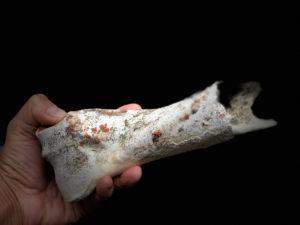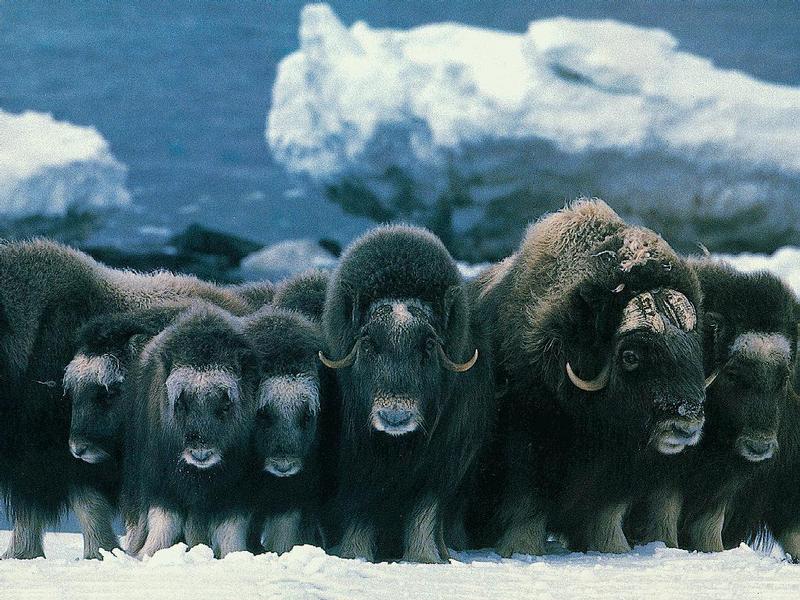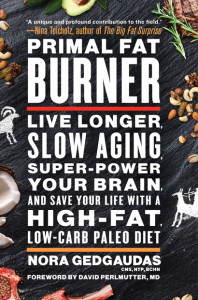
Copyright Nora Gedgaudas
This article (Eating bone marrow played a key role in the evolution of the human hand) illustrates one more key example of how dietary fat helped to shape the most distinct characteristics of our species. The human hand—next to the human brain—represents one of our most uniquely evolved features… and one (in concert with our unique brain) that gave us the unprecedented dexterity to develop sophisticated technologies not possible for other intelligent species. It’s one more reason among so many others as to why “Fat is (and has always been) where it’s at!”
The bone pictured above is one that I found and brought back from the High Arctic, and is estimated to be 2000+ years old. It is the cracked femur of a musk oxen that I found at an extremely ancient human cultural site in a remote region of Ellesmere Island. One of the other distinct characteristics of these ancient dwelling sites (most of which had not even been visited by archaeologists) was the presence of almost innumerable skulls of mainly musk oxen and a few Peary caribou that had been cracked open for the brain contents, scattered around the dwellings.
Notably absent in meaningful quantity— particularly given the locations of several of these sites quite close to the edge of the fjords– were signs of fishing technology (other than one curiously notched wolf rib that I brought back with me that had almost certainly been used as a fishing implement in the wintertime). A few remnants of whale and seal bones were present also, but the bones of large land mammals predominated. Also commonly found were stone hunting blinds located at the tops of several hills— a tactic uniquely suited to hunting musk oxen, which are easily driven to hilltops as an effective tactic they employ in thwarting wolves, where they then create a tail-to-tail circular formation, horns pointed out, that is virtually impenetrable (see photo below). Although effective against wolves, this tactic makes musk oxen uniquely vulnerable to human hunters lying in wait within the stone circle blinds, that were then able to readily dispatch them where they stood.

Musk Oxen in defensive formation. The calves usually occupied the center for protection. Photo credit: http://animal.memozee.com/ArchOLD-1/1095045748-m.jpg
As an aside (fun facts): Musk oxen (Ovibos moschatus), which occupy their own unique genus—Ovibus, a curious hybrid between sheep and goat species– are among the last remnants of Ice Age megafauna having survived the great mass megafauna extinction in North America and elsewhere roughly 11,600 years ago at the end of the last Ice Age. They supposedly originally migrated into North America more than 200,000 years ago from the high steps of China across the Bering land bridge, and once ranged as far south in the US as Nebraska, Appalachians and Virginia prior to the retreat of the ice sheets. They also sport a double retina that allow them to see uniquely well in the extended darkness of polar winter, and have the densest, most insulating wool on earth, known as ‘qiviut.’ Valued at nearly $100 an ounce, I gathered quite a lot of it in the summer months I was there, where it could be seen blowing around the tundra en-masse during their brief summer shedding. They also frequently roamed through our camp with fearless, casual impunity. Magnificent and massive beasts, they are.
~ Nora
PS. Check out my online certification program here



Leave a Reply